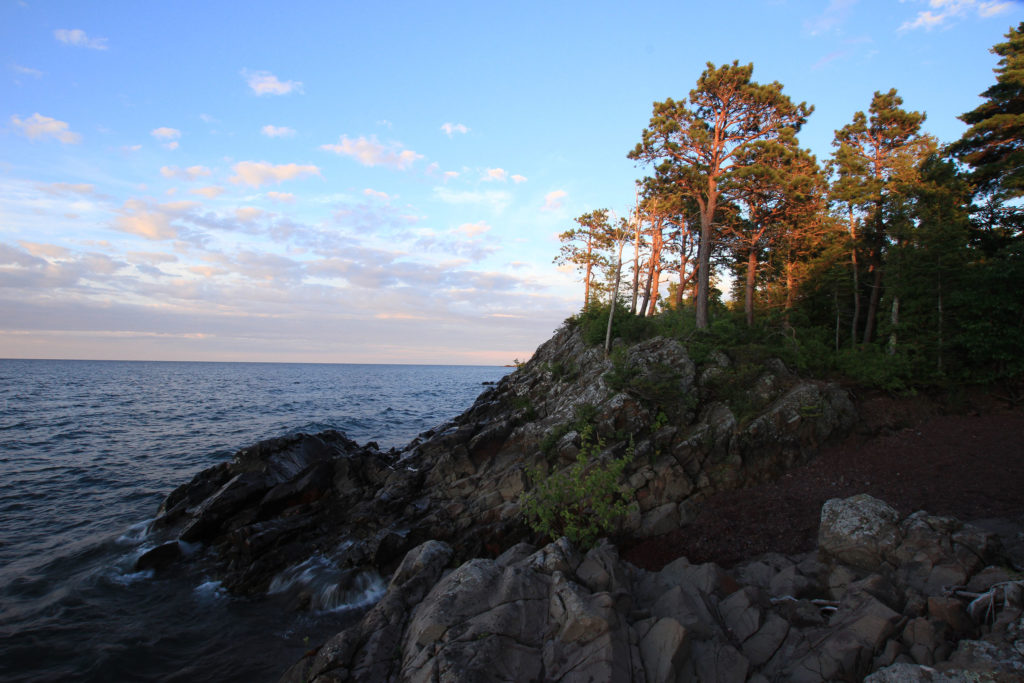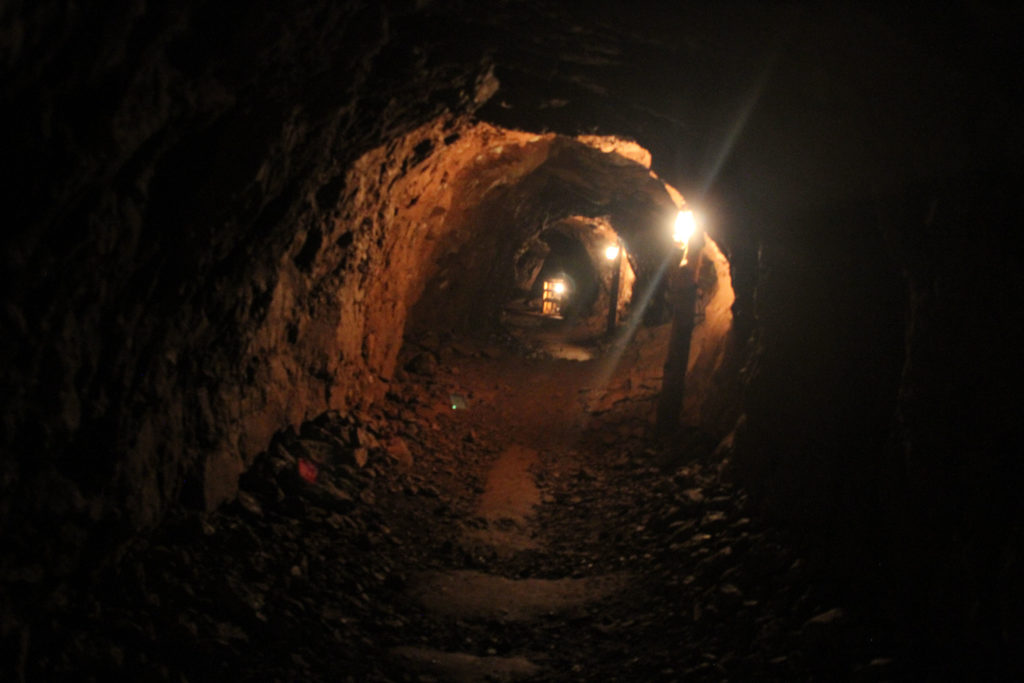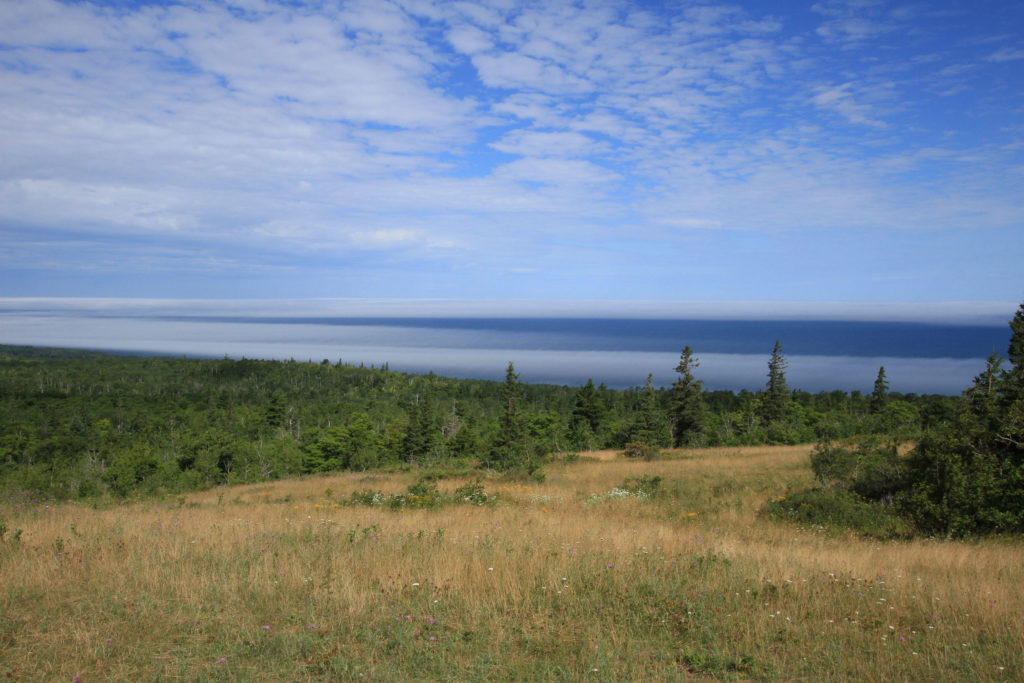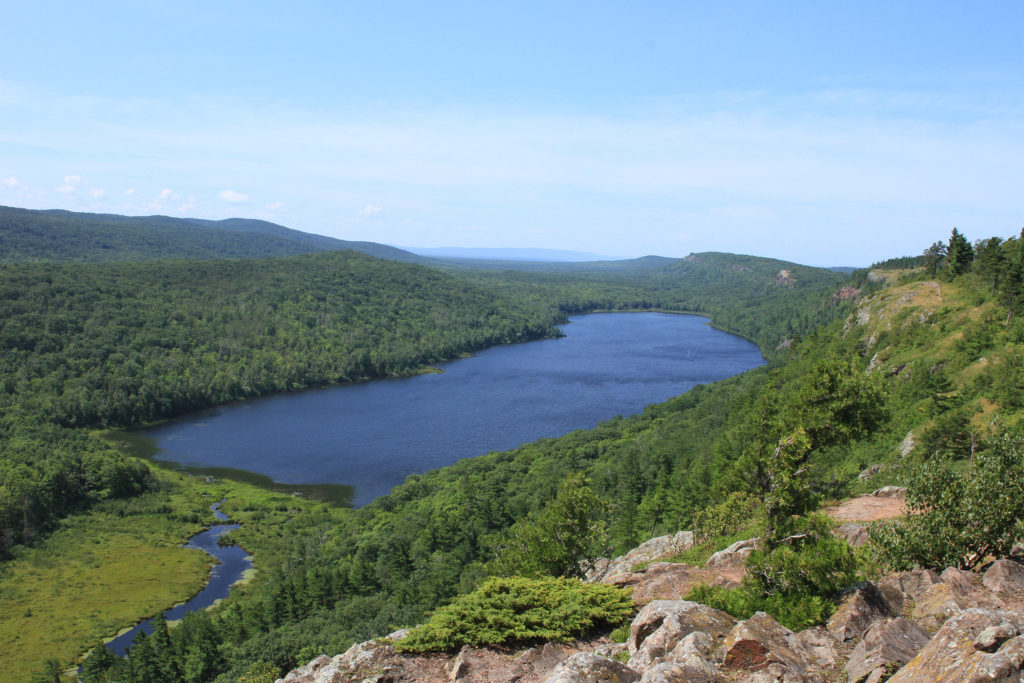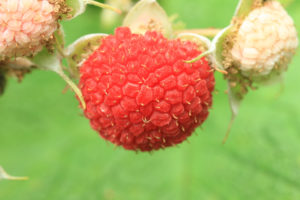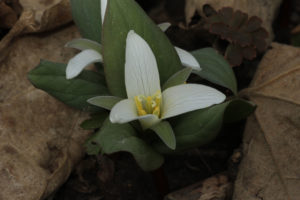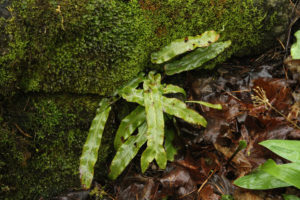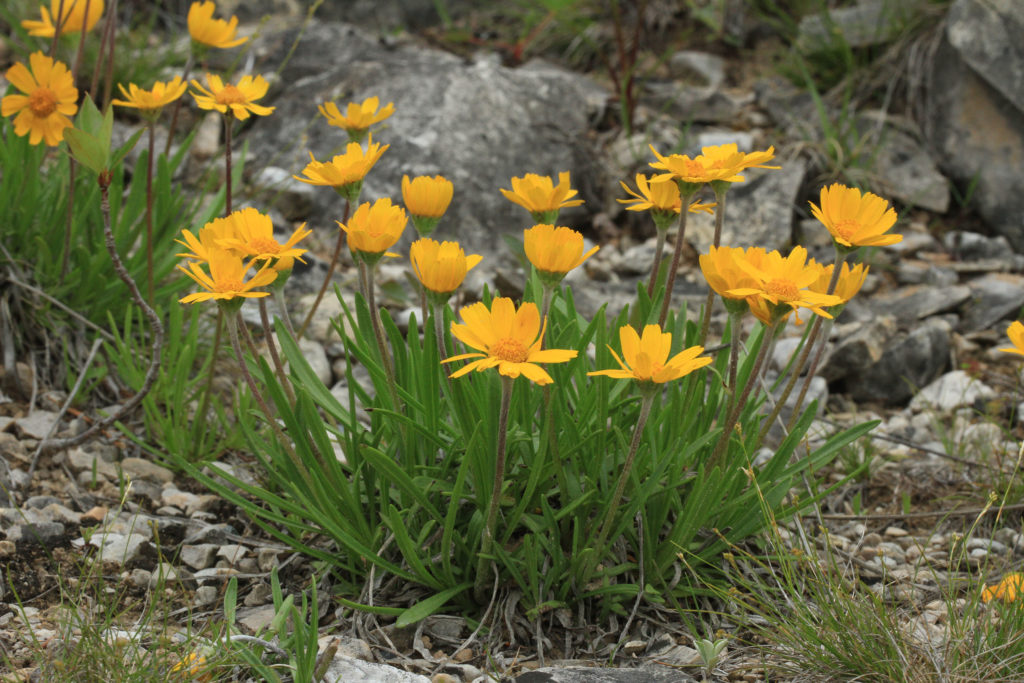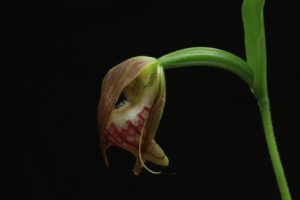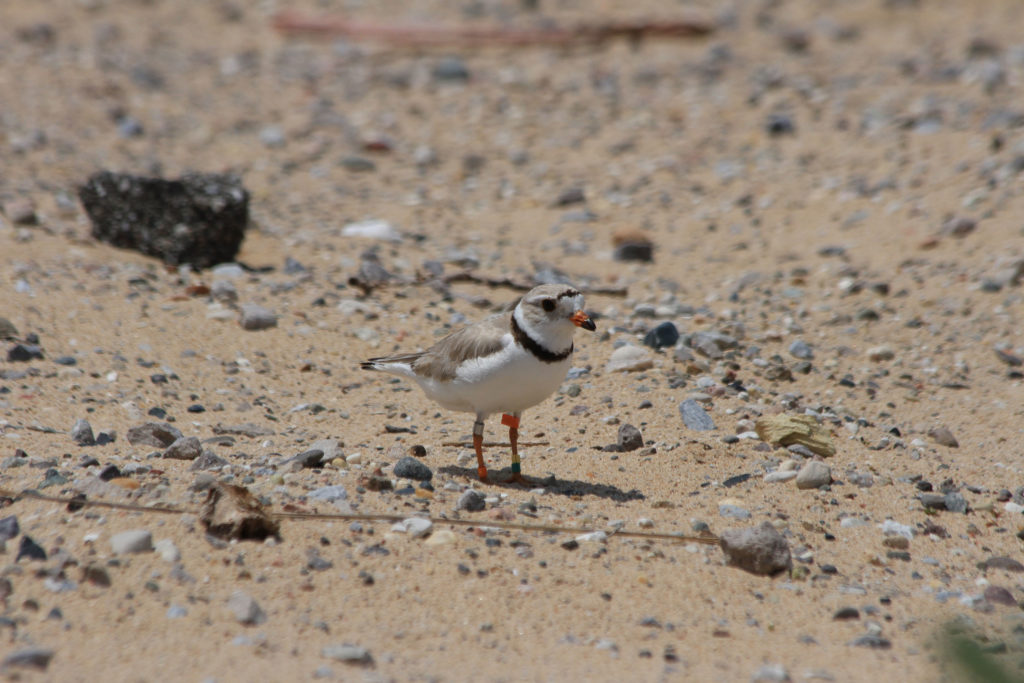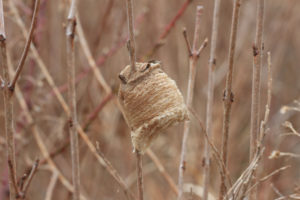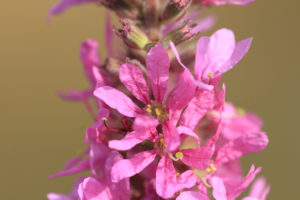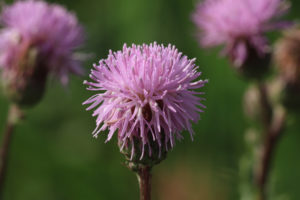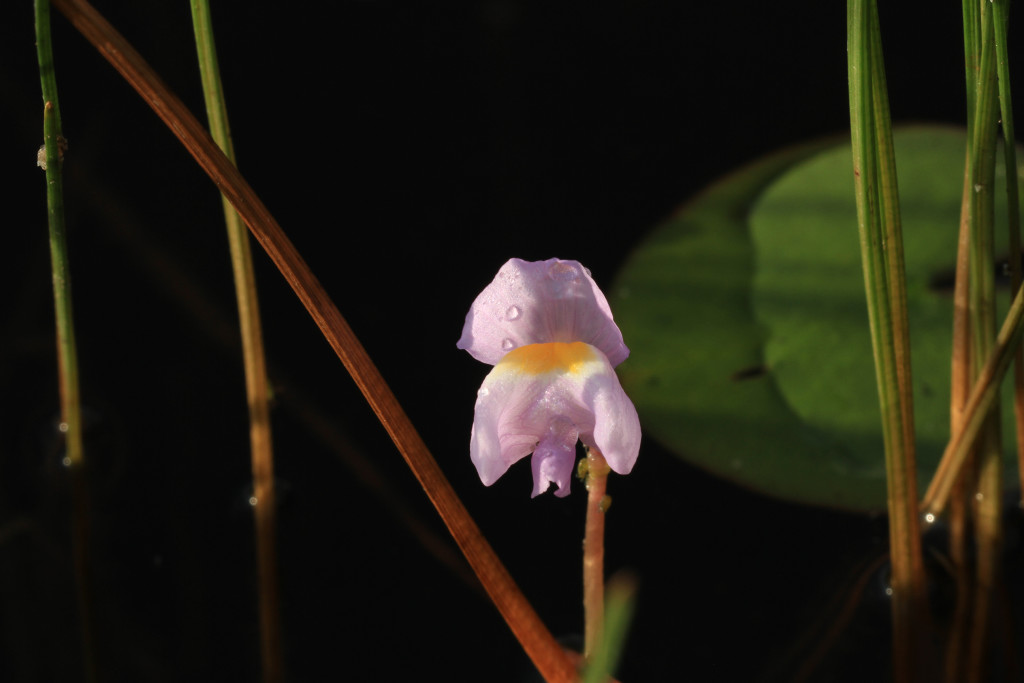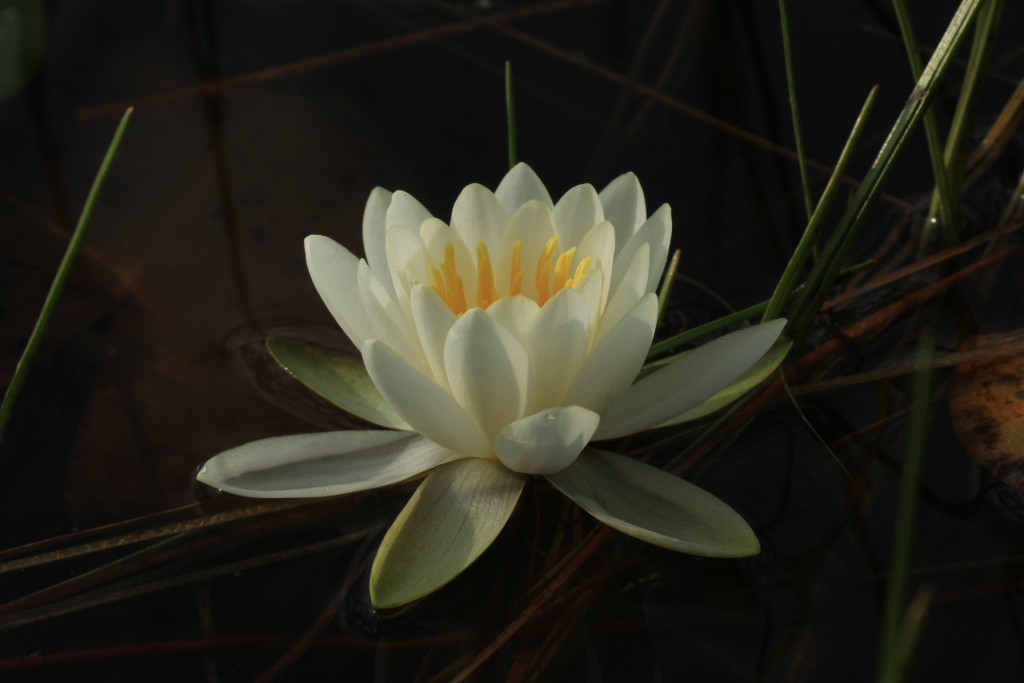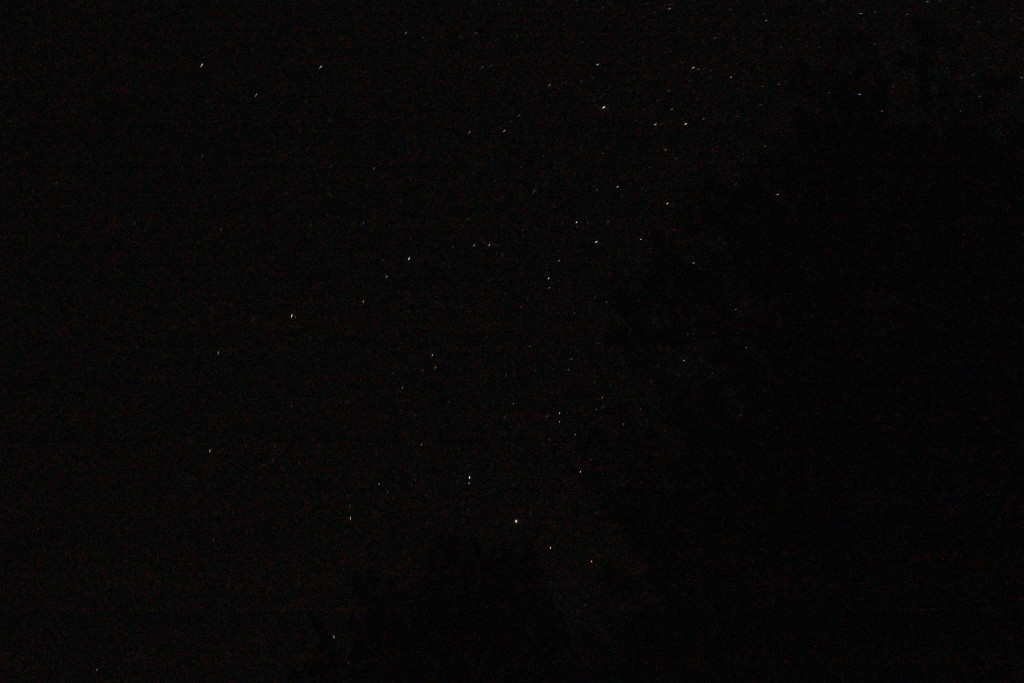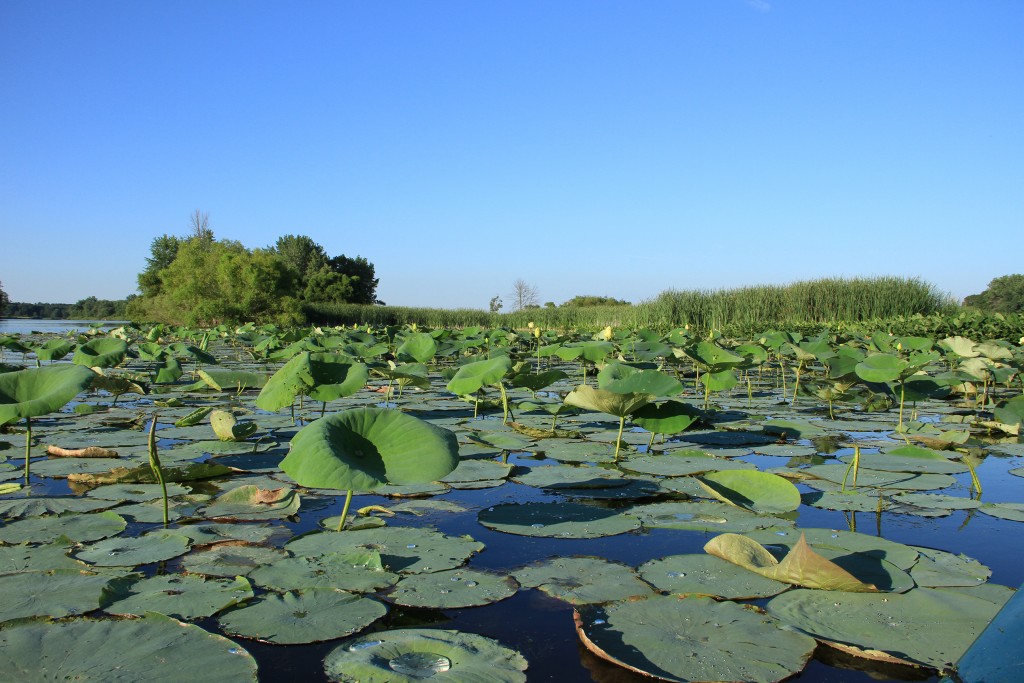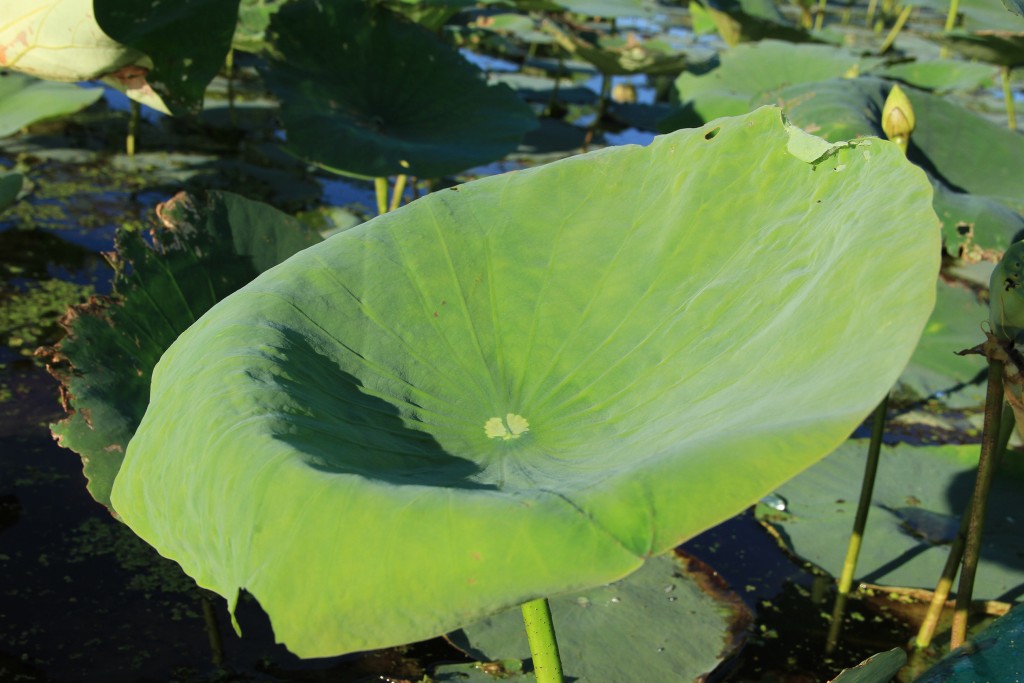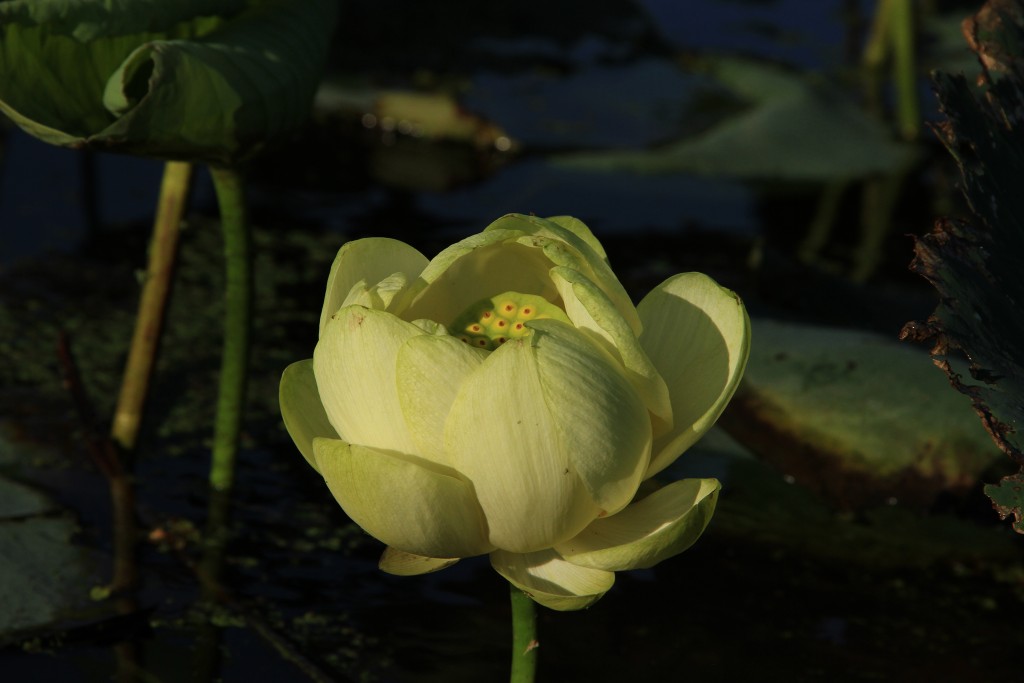Glorious Keweenaw
This is my first trip to the wester Upper Peninsula of Michigan. It doesn’t take long to see why folks love to come here, besides cell phones not working. Yes, it takes a whole day to reach Copper Harbor from Grand Rapids at the tip of the Keweenaw Peninsula, but the drive is well worth it. By paying attention to the changes in vegetation as you head north, the drive is anything but boring. The forests change as you head north and as you head west across the UP, you begin to see rock out cropping, large wetlands and vast expanses of forest. There are actually areas of “old growth” forest in western UP Estivant Pines at Copper Harbor and a portion of the Porcupine Mountains have never been logged.
One will be in awe as one stands in the old copper mines hewn from rock veins that go through the Keweenaw Peninsula, under Lake Superior and come up to form Isle Royal. One may not fully appreciate the massiveness of these mines, some reaching a mile or more into the earth. Looking at what is left of the massive equipment from the copper era, you begin to realize the magnitude to these mines. With some 70 or so minerals found in this region, it is rich with geology and gorgeous rock formations that are exposed. The possibilities for rock and mineral collecting or study is endless here.
Maybe the real beauty here is the “mountains”, mere hills in comparison to the Rockies but the scenery is majestic. From the top of Brockway Mountain, you will see Lake Superior to the north. And superior it is! The great expanse of this magnificent body of water can be seen and appreciated from here. I watched as the fog bank rolled in and just swallowed up the large lake. And then as quickly as the cloud of fog came across the water obscuring the view, the wind followed and began to break up the fog, revealing the water below. To the south you see forest covered hills as far as the eye can see. As you look out over the forest, you can see the different species of trees with different colors and textures from above.
As I already mentioned, geology wonders are everywhere here. From rock exposed at road cuts to massive boulders. At points along the Lake Superior shoreline you can see rock layers leaning, showing the results of former movement along the fault line. At Hunter’s Point in Copper Harbor, you will see lava flow from the old volcano, sedimentary sandstone and conglomerate all in layers.
While one stands in the midst of the old growth forest at Estivant Pines, one is in awe at the majestic trees, some as old as 500 years or more. 125-foot-tall White Pines and White Birch trees with bark layers nearly an inch thick. In some ways, this forest doesn’t seem much different from any older second growth forest until you realize it is all untouched by the axe. Openings where giants once stood but have now fallen, allow light in to reach the forest floor allowing tree seeds to germinate and flowers to return making this quit the mosaic. You really realize the beauty of these old patriarchs of the forest when you stand beside them and just look up, taking in the sheer height.
On the second day of the Academy of Natural Resources, we hiked to a rock out cropping at the Lake of the Clouds in the Porcupine Mountains and toke in the view while eating lunch. The view from here caps off a trip to the region. From this location, you see the forest covered mountain that was ounce a volcano, you look down the length of the lake and over the river and forest. And as was pointed out, that is not duck weed along the river but lily pads.
Oh, did I mention northern Michigan is the place to find delicious Thimbleberries?
Chasing Rarities
Although I have seen and/or photographed many native plants in Michigan on my travels, there are still a lot I have not seen. Not to belittle my enjoyment of seeing the same plants or flowers each year, I have also entered a stage in my experience that I look forward to also seeing new and rare species. Not new in the sense that no one has ever seen them before, but new to me. Over the past several years I have been privileged to continue to add a few new ones each year. In this post, I would like to share a few rare species I look forward to seeing periodically and some new ones for me thus far this year. There are some on my list that continue to elude me, but there are others that have been a privilege and a joy to find. Yes, I have and plan to continue taking trips with one target species in mind.
In early April, it is always rewarding to check on the Snow Trillium which are listed as threaten and currently only found in small sized patches and limited locations in Michigan. They bloom at the beginning of April and although I have never seen them blooming in the snow, they do if we have snow. The population appears to be holding its own and maybe increasing slightly. Also in late April to early May I enjoy seeing the special concern Jeffersonia or Twinleaf bloom both in my yard and at the Hudsonville Nature Center.
Over the Memorial Day weekend, I started by stopping to see the threatened Dwarf Lake Iris in two locations near the Straits of Mackinaw. This small, colorful and cheery little iris is always a pleasure to find along the rocky beaches of Lakes Michigan and Huron. On Sunday’s fern field trip with the Michigan Botanical Club, we saw three rare ferns. After a hike, along and among boulders of the Niagara Escarpment we found the threatened Walking Fern. (Please excuse the quality of the fern photos accompanying this post as they were shot with the camera being handheld in the dark woods with very cloudy skies.) This fern puts out a long thin tip from the leaf that arches back to the moss on the boulder and develops a new plant, this can be seen in one of the photos. Next stop was a location with very large boulders and the Green Spleenwort which is listed as special concern. Then on for a longer walk in the rain in which after two attempts we found the endangered Hart’s Tongue Fern, again growing on moss covered boulders in deep shade. Hart’s Tongue is found in two counties in Michigan, making it one of if not the rarest Michigan fern.
Before leaving the Upper Peninsula for home I did a little exploring on my own. After a couple of years of research, I was finally able to locate the endangered Lakeside Daisy. This cheerful like yellow flower is found in Michigan from only one location. Michigan Flora calls this “one of the most local Great Lakes endemics,” since it occurs only in the Great Lakes region and no place else in the world.
How far would you go to see a species you have never seen before? On Monday, I drove just over 200 miles to see and photograph the Ram’s Head Lady-Slipper Orchid, which is listed as special concern. This Orchid is not very big and the whole plant is only 6 to 8 inches tall. The flower is not over and inch from front to back. If his seems far, this is not the furthest I have driven in one direction to see one species of native plant. Since I had time, I stopped at Petoskey State Park before heading home and found another Ram’s Head and the threatened Pitcher’s Thistle. Pitcher’s thistle grows for 2 to 8 years, blooms for one summer and then dies. The thistle was not in bloom but there were many to see in different stages of growth, from seedling to nearly blooming plants. This is another Great Lakes endemic. At PJ Hoffmaster Stater Park I did find Pitcher’s Thistle already in bloom and giving nectar to a Monarch Butterfly.
The last one is a bird that nests on wide, flat, open, sandy beaches with sparse vegetation and scattered cobble. The known nesting areas are usually blocked off and people and pets are not allowed in. There is one pair on a nest near Muskegon so I was able to see my first Piping Plover which is listed as endangered.
When you have the opportunity, take time to enjoy some of our rare jewels in creation but be careful not to disturb or harm them as many are fragile and found in sensitive habitats. Remember to click on the post title to see all the photos uploaded with this post.
Sapsucker Holes
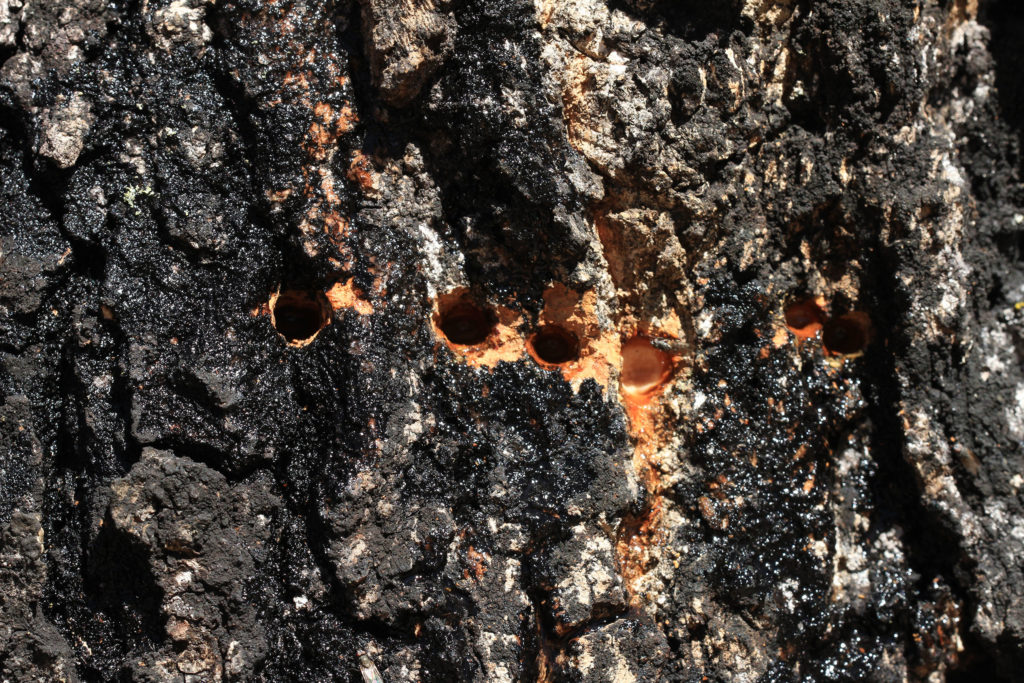
Often when in the woods in Michigan it is easy to find trees with rows of small holes approximately 3/16 to ¼ of an inch in diameter. Some trees have many sets of these holes of varying ages and degrees of healing over. These holes are drilled by Yellow-bellied Sapsuckers who winter south of Michigan and are summer residents of the Upper and norther half of the Lower Peninsulas of Michigan. While the major area of summer habitation and breeding is northward, very small numbers do breed in the southern Lower Peninsula. Some birds can also be seen in this southern region during the winter months. Records show that prior to the extensive logging that altered the landscape, they were common in the southern half of the lower peninsula as well.

The birds arrive back in Michigan in March and early April with the advent of the sap flowing in trees. Upon arrival, they drill holes through the bark to obtain the sap for food. The birds also eat the inner bark and cambium of the trees through these holes and may eat insects that are attracted to the sap. Studies indicate that less than 20 percent of the sapsucker’s diet is sap and cambium, with the majority of the rest being insects and some berries. It is interesting that they seem to feed on more adult flying insects and not on wood boring larvae like other woodpeckers.
Nesting takes place form early May through July. Michigan is home to approximately 190,000 Yellow-bellied Sapsuckers or 2.1 percent of the species total population. While sapsuckers are not the most common and are somewhat dinghy in appearance, they are always a treat for birders to see.
Visit https://youtu.be/byr_QyNPJC4 to view a 17 second video of a fly around the sapsucker hole on a tree in Leelanau State Park.
A useful online source of information on Breeding Birds in Michigan is the Breeding Bird Atlas II, http://www.mibirdatlas.org.
Fisheries Biologists at Work

I had the opportunity to observe fisheries biologist form the Michigan DNR collection Walleye eggs today. I joined a friend and headed to the Muskegon River in Newaygo, below the Croton Dam. We thought we were early but found the boat working on the river when we arrived just below the Croton Dam. After moving to the Pine Street boat launch we found the rest of the crew waiting for the boat to return with fish. While the local news media was crying about the rain and snow, these guys said it was one of the best weather days they have had to work in while collection eggs.
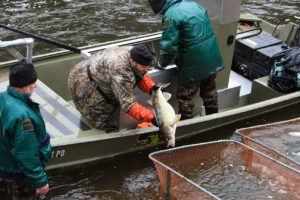
Three people work the boat by lowering a pole with tentacle looking conductors hanging into the water on either side of the front of the boat. With a charge of 1 to 2 amps at 350 volts dc current, fish are stunned for about 15 feet from the boat. Once stunned, the fish surface and are collected with long handled nets and placed in a live tank with fresh river water circulating through. When the tank is full the boat returns to the landing and the fish are sorted by sex and readiness to release the eggs. “Green” females are returned to the river and ripe females and males are placed into separate holding pens along the river. The largest fish of the day was nearly 14 pounds.

The eggs are worked out of the female fish into steel pans and the sperm is taken from the males and mixed with water that is added to the eggs which is then placed in pails of river water that has been mixed with a powdered clay to keep the eggs from sticking together. They are then placed in a holding net in the river to “harden them off” for an hour. They can then be treated with iodine and loaded for transport back to the fish hatchery.

Yes, these fish are raised to stock our fishing waters but also because of the lack of natural areas with the appropriate make up of gravel areas needed to protect the eggs and small fry while they develop. In southern Michigan, there is very little natural spawning area available, so fish must be raised and stocked in lakes and rivers to provide for our fishing enjoyment.
My grandfather used to take to me Wolf Lake Fish Hatchery west of Kalamazoo on M43 when I was a young boy. I really enjoyed seeing the fish and still do. I love to stop at fish hatcheries whenever possible and love to see the process as well. It is also very educational. Next time you see a fish hatchery sign while traveling, stop in and take a tour. Wolf Lake is still and excellent place to visit with its interpretive center and tours.
Invasive Species – Why Should I Care?
This week is National Invasive Species Awareness Week and has been used by organizations to highlight some of our not so welcome species. Many folks do not understand the devastating impact of invasive species on our ecosystems and the economy; therefore we tend to continue with harmful practices. We plant flowers or grasses because we think they are beautiful but have no idea what happens when we don’t dispose of them in a way to prevent the spread of the plant into natural communities. Seeds are spread by wind, birds, animals and us. The Weed Science Society of America estimates that the cost caused by invasive plant species is $34.7 billion a year to the US. That figure doesn’t reflect invasive insect damage like those destroying our forests and landscapes. Companies continue to sell species of plants and insects that are invasive or that out compete and replace native species; all to make a buck with no responsibility for the results. I have even heard of a local nursery threatening groups to stop informing the public of the negative impacts on the plants they promote and sell.
What is an “Invasive Species”? The Michigan Department of Natural Resources defines invasive species “as non-native, rapidly reproducing species which threaten the integrity of natural areas”. These species also affect our economy in the millions of dollars spent each year to control and in the attempt to eradicate them. They out compete native species for nutrients, water and habitat; ultimately replacing them. Many if not all of these species have absolutely no benefit to wildlife, therefore replacing food sources with plants of no use to our wildlife that we so much enjoy watching here in Michigan.
One source of these is from gardeners planting these plants and then they escape into natural areas. You cannot completely if at all, control the spread from your garden. One way to help combat the problem is to plant legally obtained native plant species or those known to not be invasive in your garden. Do the research. We were initially told that Purple Loosestrife was sterile in the garden and would not reproduce because they would need another plant to pollinate with if they reproduced at all. Well guess what? Whether they were sterile or not or people planted too many to close, they have escaped and are a major problem. We are now importing insects to help reduce the populations. I hope the studies are right about these insects or we’ll have another problem when they run out of the target species.
I have begun a project that will take a couple of years to complete on the “Deceptive Beauty of Invasive Species”. The photos included here are in no way intended to sell you on the positive aspects of these plants, but to help you see the deception that draws people into using them. Whether it is the beauty of the flowers or the claims of benefits to wildlife, we need to be careful or Michigan as we know and appreciate it will cease to exist. Look at the big picture and the negative affect these plants and insects cause.
Rather than continuing to contribute to the problem, join in a program or workday at a natural area to help eradicate these species from our natural areas. Many conservancy organizations or the MDNR have these work days when you can make a difference. If you are interested I can send you some organizations to contact or sign up for their email lists with this information. For more information on Michigan’s invasive species visit: http://www.michigan.gov/invasives. Please take time to research and learn about these species and be careful.
Two New Resources

While this has been a somewhat crazy and unpredictable winter, I have been able to finish and print the next poster from CDENature. This new poster features 33 Native Michigan tree buds in winter. For those wanting help in identifying trees in winter or for the classroom I think this poster will be helpful. While my tree bud collection is just shy of 50 species, I have chosen 33 of the more common trees from southern Michigan. I have also begun to ad shrubs to the collection and maybe in a few years a shrub poster will come out. These posters which measure 12×18 inches, along with other items and photos I have produced will be available on Etsy or by contacting me direct through the contact page on this web site.

Another project that is coming to fruition is the tree identification signs and web site for the Hudsonville Nature Center. These signs are printed on a pvc plastic with UV resistant inks which will allow them to be weather resistant and durable. The signs at the HNC are scheduled to be installed as early as possible this spring. Each sign has on it the common and scientific names of the trees and a QR code that when scanned with your smart phone will take you to the location on the web page for that tree. The web page contains identification information as well as other information about the trees and their uses. This can be found at http://www.hudsonville.org/index.cfm?fuseaction=content.faq&faqTypeID=40168.
If you are interested in these signs and information for a web site like we have done for Hudsonville, please contact me for information on producing these signs for you. I can also write or help you write the information for the corresponding web pages. These signs can also be used for wildflower identification or other marker signs out of doors.
Learning In Your Own Backyard

Many of us like to trek off to far away destinations to observe nature and especially birds. But have you paid attention to what you can see and learn right at home, in your own backyard? Over the years I have had many wonderful and fascinating observances and discoveries right here where I live. I have had pleasant surprises such as Indigo Buntings or Scarlet Tanagers to name a couple right here in my yard and easy to see. Just a few evenings ago while photographing the wet, heavy snow clinging to the trees in my yard after dark; I heard a familiar sound coming from the neighbor’s trees. Yes after sever failed attempts at finding owls on the “Owl Prowls” at the Hudsonville Nature Center, there they were right here where I live. Two Great Horned Owls where calling me as I shot from my deck. Since the power was out and not much else to do, I put the camera away and my wife and I quietly followed them through the field behind our home and to the next street before they flew off to a park area down the road.
As I think about some of these experiences, I realize that these close encounter observations can be great learning experiences if we pay attention. Just this morning I saw a House Finch in the crab apple tree behind my house. This is not an unusual sighting since the bird feeders are right next to this tree. What caught my eye was, one male House Finches eating the fruit of this tree. Most of us usually put out black oil sunflower for birds like this assume that they only eat seeds. Well, I learned something this morning because of this observation. Not only do House Finches exclusively eat plant material including but not only seeds, they also feed their young plant material. This is unique in that many or most birds that are seed eaters will feed their young insects. I also learned that these Finches do in fact eat fruits and not just seeds from plants. So now I know another bird that may eat my berries from the garden.
While there is much to see out there in nature, remember to look right in your own backyard to see what wonders you can see and learn.
Get Out of the Boat
While I have taken some nice photos from the kayak or canoe (especially of birds), I recently decided to get out of the boat for much better pictures of some bladderworts and water lilies. It is difficult to hand hold or use a long lens from a boat that doesn’t really stop moving. The desired angle can also be difficult to achieve and how close can you really get while setting in a boat? The photo above was taken from my kayak. Not terrible and maybe usable until you compare it with the ones taken from a tripod. So after not being satisfied with images like this I decided to go back the next morning and wear hip boots to keep the leeches of and stay somewhat dry. Since my new and best tripod should be taken all apart and cleaned after being in the water or mud, I decided to pull out the old aluminum tripod. It doesn’t have a ball head but much less mess and work to clean, plus it is considerably heavier which helps with stability when sitting on the lake bottom. I could now us my macro lens and get the affect I was after. Oh yea, don’t forget to remove the strap if you try this.
Sometimes the right equipment isn’t just camera gear, but appropriate clothing to keep us safe and give some versatility to working in different environmental conditions. Muck and hip boots can also be good for those muddy areas along the shoreline. Also if the older tripod or other equipment is still usable it may be worth keeping around. I currently have 3 tripods at my disposal due to upgrades over the last 10 or 12 years and they all have a specific purpose of possible use while my newest and best tripod is my main go to tripod.
Over the coming months I plant to share tips to help with getting better nature images (especially flowers). I am also looking at giving a combination “photo/interpretive” eco-tour in the spring which will give instructions on flower photography and information about the subjects. Details will be posted when available.
The Heavens Declare!
September 31
The Heavens Declare!
This past Friday evening while camping at the Tahquamenon Falls State Park at the River Mouth campground I experienced a spectacular sight which I am not sure I have even seen before. We joined a few other campers on the bank of the river at the edge of the campground looking up in utter amazement of the beauty and quantity of stars that could be seen. The Milky Way was bright and other stars were so bright that for the first time in my life I saw stars reflecting on the water in front of me. The sky looked like a photo from an astronomy magazine or the Hubble telescope. Words can verily if at all describe what we saw. The black sky was filled with blotches of light and color from the multitude of stars.
As I reflect on the sights of that evening I can only think of the verse, Psalms 19:1, The heavens declare the glory of God, and the sky above proclaims his handiwork. What more could we say?
If you would like to experience the beauty and awe of the night sky: head north on a clear evening away from the city lights. The farther north you go the better and darker it can be. Emmet County has the Headlands Dark Sky Park just west of Mackinaw City. Any beach or open area away from lights in the UP, are great places as well. The less light the better.
I apologize that the quality of the 2 accompanying photos are not as sharp and grain free as I would like, I am still learning to shoot at night and trying to find the right speed for my camera.
Majestic Lotus
I have heard that there is American Lotus, Nelumbo lutea in Michigan, particularly in the Grand River in Ottawa County. As I am always interested in finding new plants that I have not yet seen or photographed, I was especially interested in an article in the Michigan Botanist about research of native populations of Louts in Michigan. The largest of these native populations are in the Grand River just upstream from Grand Haven. So a couple of weeks ago we drove out to recon the Stearns Bayou area to see if we could see them from the road and find access points to the water. The Grand River boat launch near Stearns seemed to be the best place to put in, so we launched our kayaks last evening and set out to find these majestic wonders.
We began by paddling back towards Stearns Bayou; looking at the map again would have helped. As we reached the turn into the bayou on the right, we went left as the article said they were half a mile from the bridge over the bayou, where the bayou meets the river. So we paddled through the opening it cattail marsh and photographed Great Blue Herons. We came to a “T” in the marsh and I decided to turn right and after paddle to what should be about half a mile from the bridge all I could see were more cattails with not exit to the river. So we turned around and headed back in the opposite direction only to find the same situation. So we returned the same way we had come and when we reached the boat launch the only words out of my mouth were “you’ve got to be kidding me” as I looked over at the Lotus reaching for the sky from the water. You could see them from the launch; well we had a good hour’s paddle anyways.
The Lotus has large creamy white to pale yellow blossoms on stems reaching a foot or more out of the water. These flowers are quite a sight. The large rounded leaves begin by laying flat on the water and later rise above the water in a funnel shape. The leaves cause water to bead up and run of when splashed on. We found some leaves at over two feet in diameter, one I used the blade of my paddle to get a size on measured out at 26 inches across. Leaves have the petiole attached in the center and have no sinus. The seed pods are quite unique with a somewhat funnel shape and flat on top with circular openings where each receptacle was. Each of these will contain a seed to drop out after the head breaks off and floats downstream.
American Indians used the tubers and leaves for food and believed that the plants had mystic powers and often kept tubers to ward of witches. This threatened species is found about 6 feet of quiet waters of rivers and lakes.
 Click on the title of a post to view a full gallery of images.
Click on the title of a post to view a full gallery of images.
